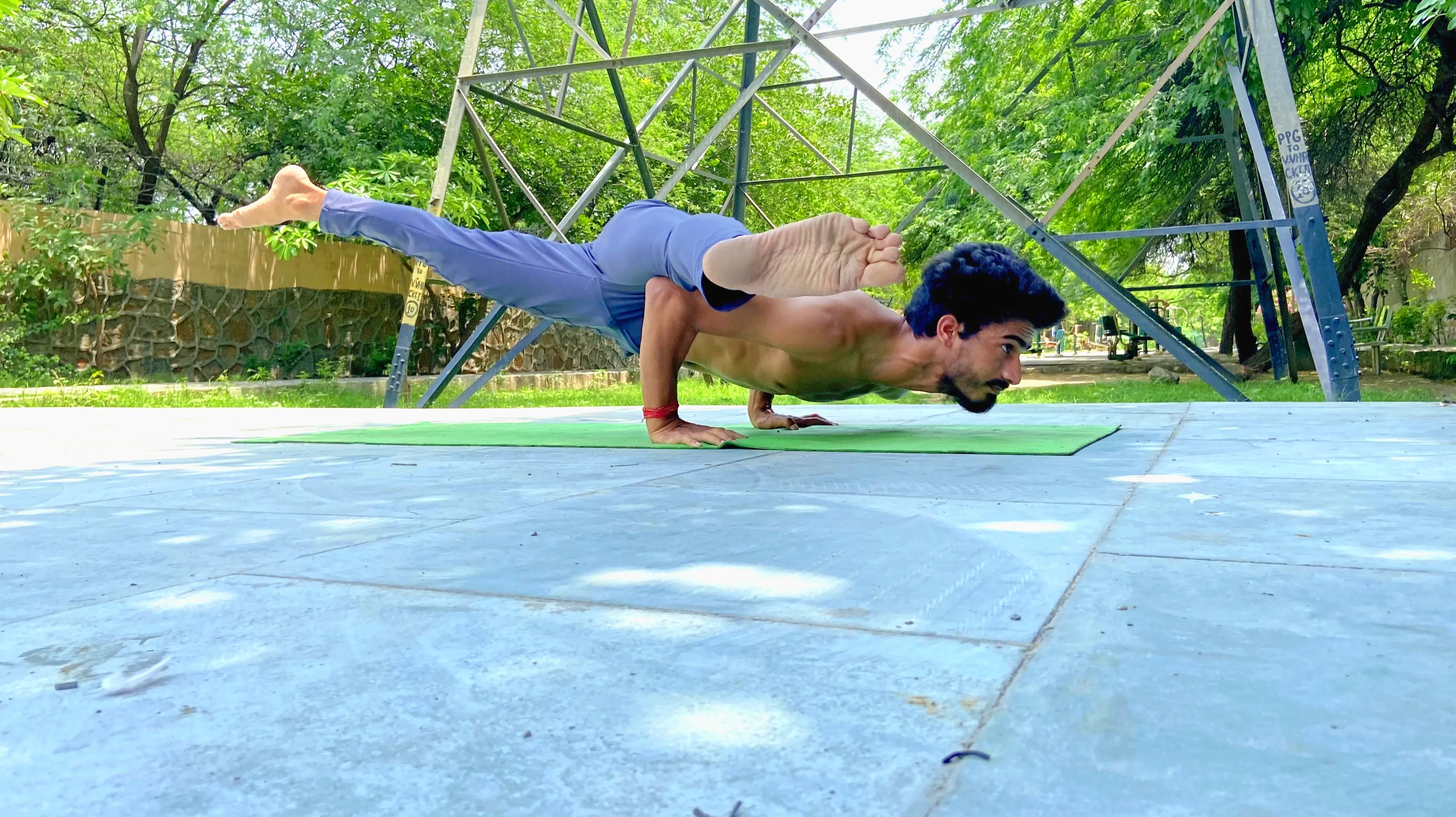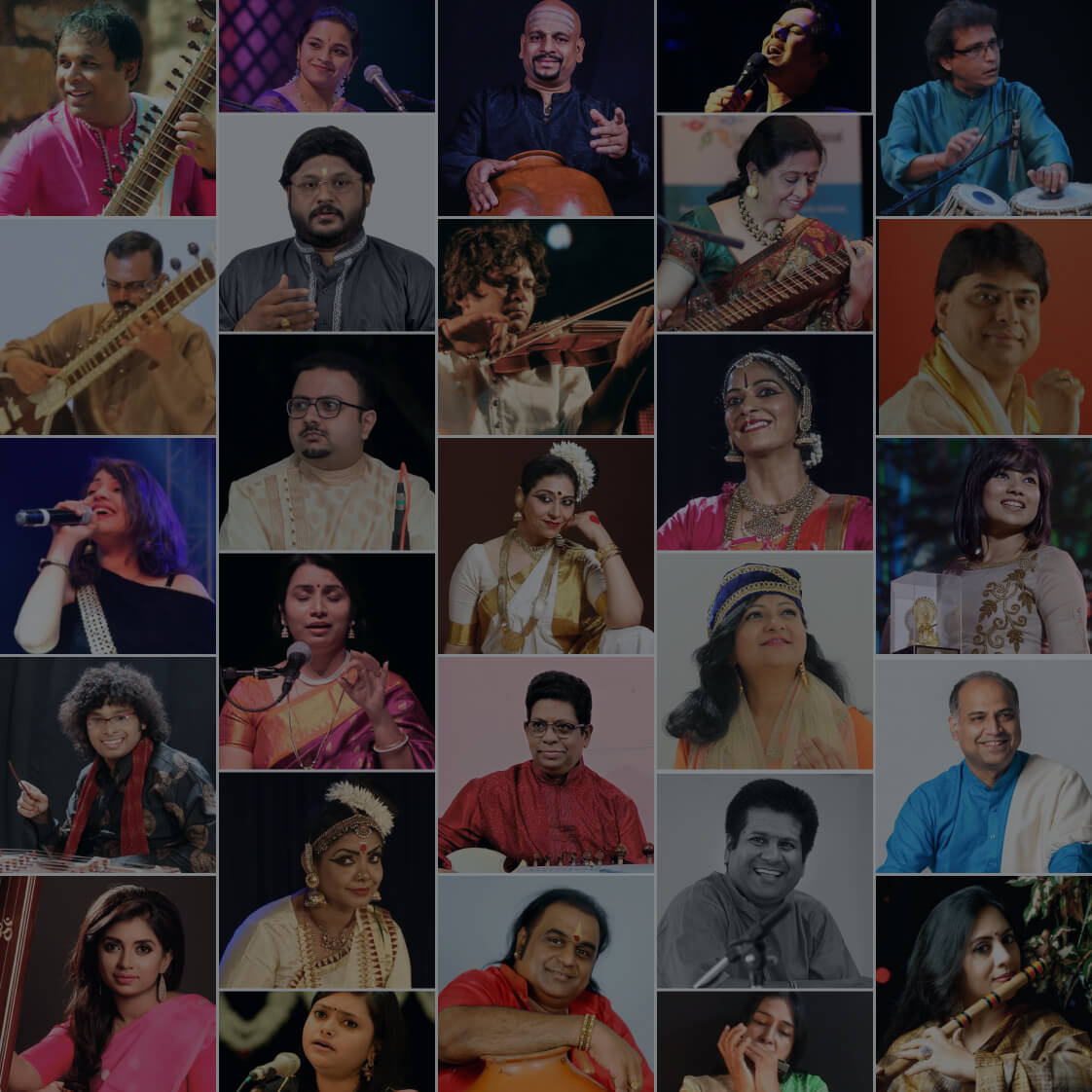10 Amazing Benefits of Yoga for Everyone
Have you ever noticed how taking a deep breath can instantly calm you down? Now imagine giving that same attention and care to your whole body and mind. That’s what yoga does. It is not just about bending and stretching; it is about slowing down, listening to yourself, and finding balance.
Many people may ask: “Is yoga really for me? I am not flexible. I have health issues. I am too old to start.” The truth is that yoga welcomes everyone, regardless of age, fitness level, or background. In fact, you may find that yoga fits your needs even more now than when you were younger. There are several benefits of Yoga.
Let’s explore the advantages of yoga in simple words and see how it can become a natural part of your life.
10 Benefits of Yoga
- Yoga Keeps Your Body Strong and Steady
- Yoga Eases Back and Joint Pain
- Yoga Supports Heart Health
- Yoga Brings Better Sleep
- Yoga Boosts Energy and Mood
- Yoga Reduces Stress and Anxiety
- Yoga Improves Flexibility and Posture
- Yoga Builds a Sense of Community
- Yoga Helps in Self-Care and Healing
- Yoga Brings Balance to Life
1. Yoga Keeps Your Body Strong and Steady
One of the first benefits of yoga is how it helps your body feel stronger. As we grow older, muscles and joints naturally lose some of their strength. Yoga poses gently wake up those areas, making your body more active. Even simple poses like standing tall, lifting your arms, or stretching your legs can build steady strength.
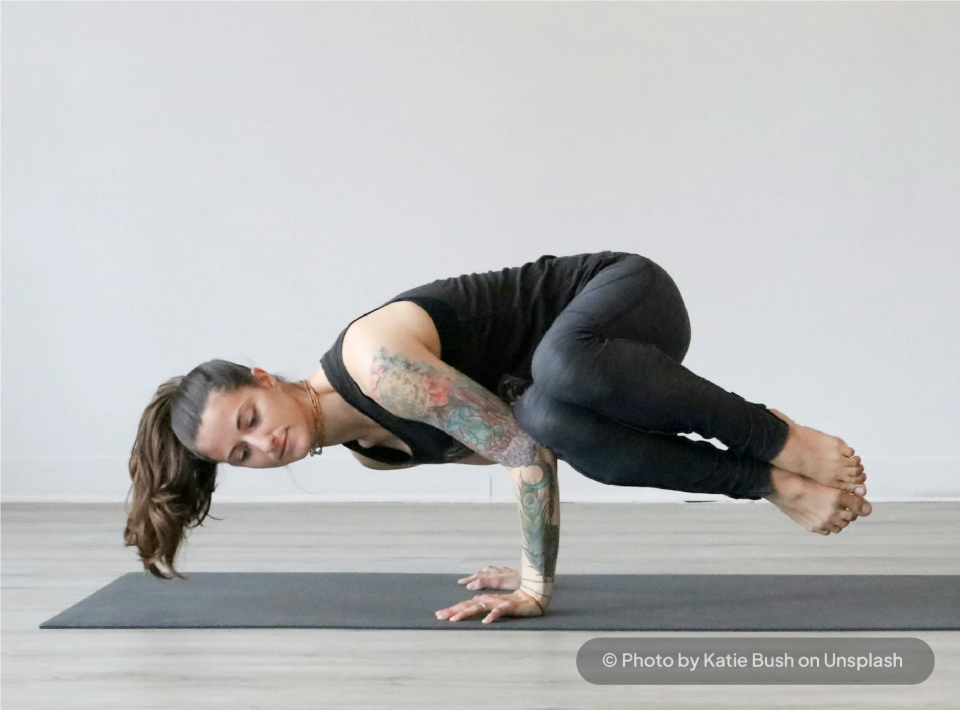
When your muscles support you well, your balance improves too. That means fewer chances of falling or getting hurt while walking or climbing stairs. Think of yoga as a friend that keeps you standing tall and steady, no matter your age.
2. Yoga Eases Back and Joint Pain
Many people over 45 complain about stiffness, back pain, or sore knees. This is where yoga and benefits come together beautifully. By moving slowly and stretching safely, yoga helps relax tight muscles and makes the joints feel less heavy.
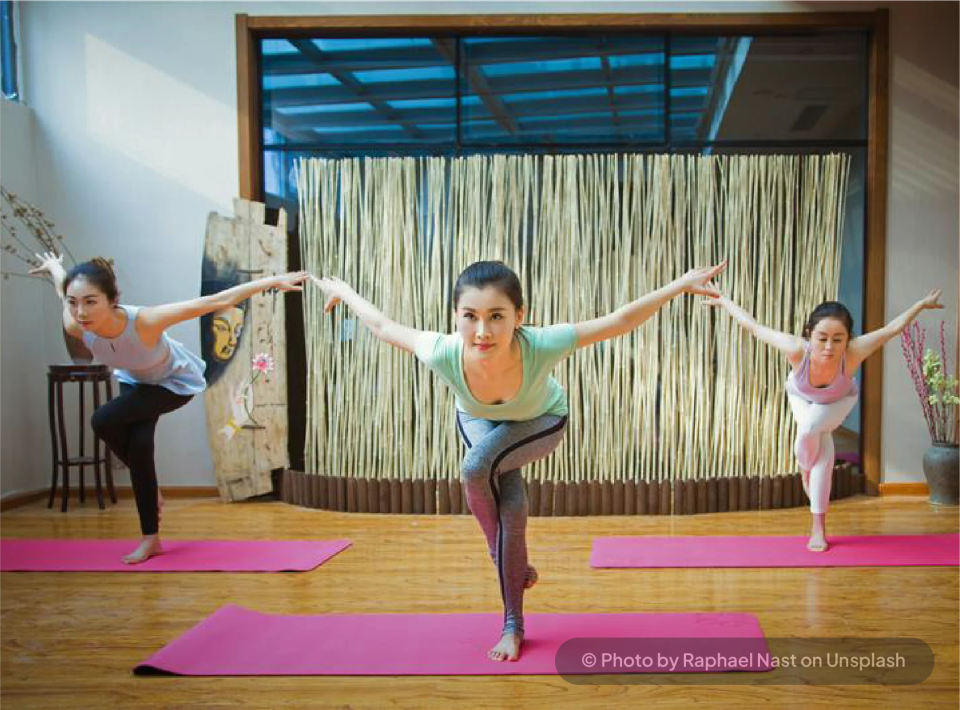
A pose as simple as Cat-Cow, where you move your spine up and down while breathing deeply, can bring relief to your back. Gentle yoga is like oiling a rusty door — the more carefully you move, the smoother the body feels. The best part? You don’t need fancy equipment, only a mat and a little time.
3. Yoga Supports Heart Health
Your heart works hard every single day. It pumps, beats, and keeps you alive. But stress, high blood pressure, or excess weight can take a toll on it. Yoga can be a kind gift to your heart. In fact, one of the best forms of cardio exercise is surya namaskar. The slow breathing and mindful movements reduce stress levels, calm the nerves, and lower blood pressure over time.

Research shows that regular yoga practice can help reduce risk factors for heart disease. When you feel peaceful inside, your heart feels the same too. This is one of the biggest advantages of yoga for people in midlife — it helps you protect your most important organ.
4. Yoga Brings Better Sleep
Have you ever tossed and turned at night, staring at the ceiling, waiting for sleep? Many people in their forties, fifties, and sixties struggle with this. Yoga can help you prepare your body and mind for rest. Simple bedtime yoga stretches and deep breathing signal to your brain that it is safe to relax.

A gentle pose like lying on your back with your legs raised against the wall can make your body feel lighter and calmer. Soon, sleep comes naturally, and you wake up fresh and ready for the day.
5. Yoga Boosts Energy and Mood
Some days you may wake up tired even after a good night’s sleep. Or you may feel dull and low in energy. Yoga can lift your mood like sunshine after a rainy day. By practicing regularly, your body gets more oxygen, your brain feels sharper, and your mood turns brighter.

Yoga not only gives physical energy, but it also creates mental enthusiasm. You may notice yourself smiling more, feeling calmer in stressful moments, and enjoying your daily activities more fully.
6. Yoga Reduces Stress and Anxiety
Life in your forties, fifties, and sixties often brings its own challenges. Work pressure, health concerns, family responsibilities, or even loneliness can weigh heavily on your mind. Yoga teaches you to breathe deeply, stay present, and let go of unnecessary worry.
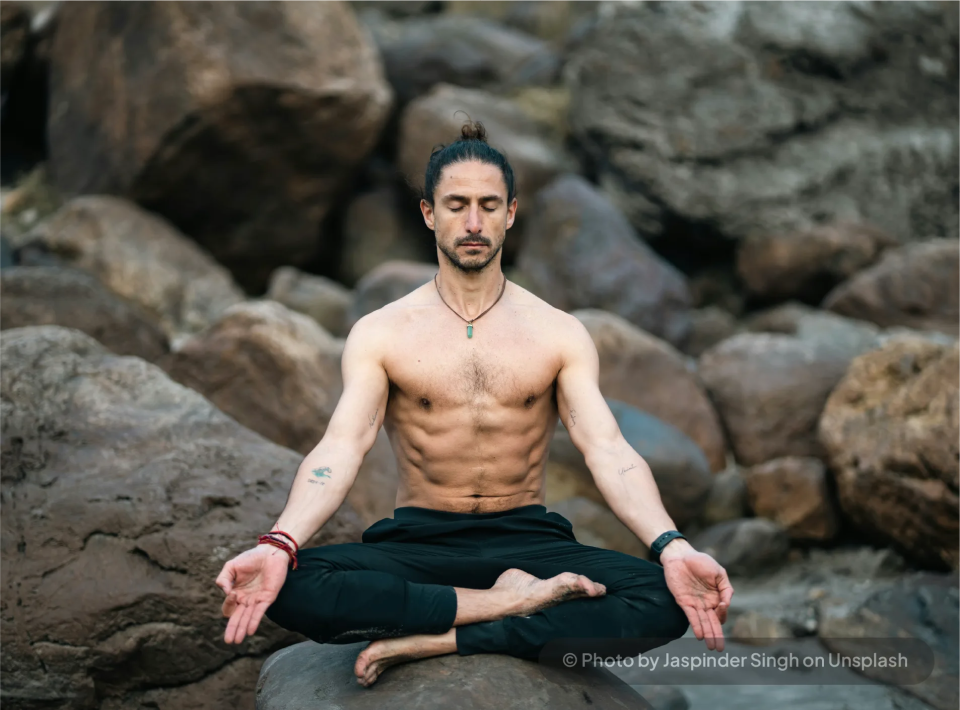 When you lie down in Savasana (also called the Corpse Pose) and focus only on your breath, your mind begins to rest. With time, you carry this calmness into your daily life. You will find yourself less reactive and more peaceful, even in tough situations. This is one of the most loved benefits of yoga — it gives peace without asking for much in return.
When you lie down in Savasana (also called the Corpse Pose) and focus only on your breath, your mind begins to rest. With time, you carry this calmness into your daily life. You will find yourself less reactive and more peaceful, even in tough situations. This is one of the most loved benefits of yoga — it gives peace without asking for much in return.
7. Yoga Improves Flexibility and Posture
When we are young, we can bend, twist, or reach without effort. With age, the body may feel stiffer, and even sitting for long hours can cause aches. Yoga gently brings back flexibility. Slowly, your muscles stretch, your joints loosen, and your posture improves.
Standing tall with your shoulders open and back straight not only makes you look confident but also prevents pain in the neck and spine. Flexibility is not about touching your toes; it is about moving freely without discomfort — something yoga offers in abundance.
8. Yoga Builds a Sense of Community
Yoga is not just about the mat; it is also about the people you meet along the way. Attending a yoga class or joining an online group can help you feel connected. You may meet others who share the same health goals or life experiences.
 For those who feel lonely, yoga can be a doorway to new friendships and supportive bonds. Even practicing at home with a teacher online makes you feel part of something bigger. In midlife, when many people crave meaningful connections, this is one of the quiet but powerful advantages of yoga.
For those who feel lonely, yoga can be a doorway to new friendships and supportive bonds. Even practicing at home with a teacher online makes you feel part of something bigger. In midlife, when many people crave meaningful connections, this is one of the quiet but powerful advantages of yoga.
9. Yoga Helps in Self-Care and Healing
Think of yoga as a gentle form of self-care. It reminds you to pause, breathe, and listen to your body. If you are recovering from an illness, surgery, or long-term condition, yoga can support your healing journey. Doctors and therapists often recommend yoga as a safe practice to complement medical treatment.
 Every time you roll out your mat, you send a message to yourself: “I matter. My health matters.” That small act of care goes a long way in improving both your physical and emotional health.
Every time you roll out your mat, you send a message to yourself: “I matter. My health matters.” That small act of care goes a long way in improving both your physical and emotional health.
10. Yoga Brings Balance to Life
Perhaps the greatest of all benefits of yoga is balance — not just the balance of standing on one leg, but balance in how you live. Yoga teaches you that strength and softness can exist together, that rest is as important as activity, and that caring for the mind is as vital as caring for the body.
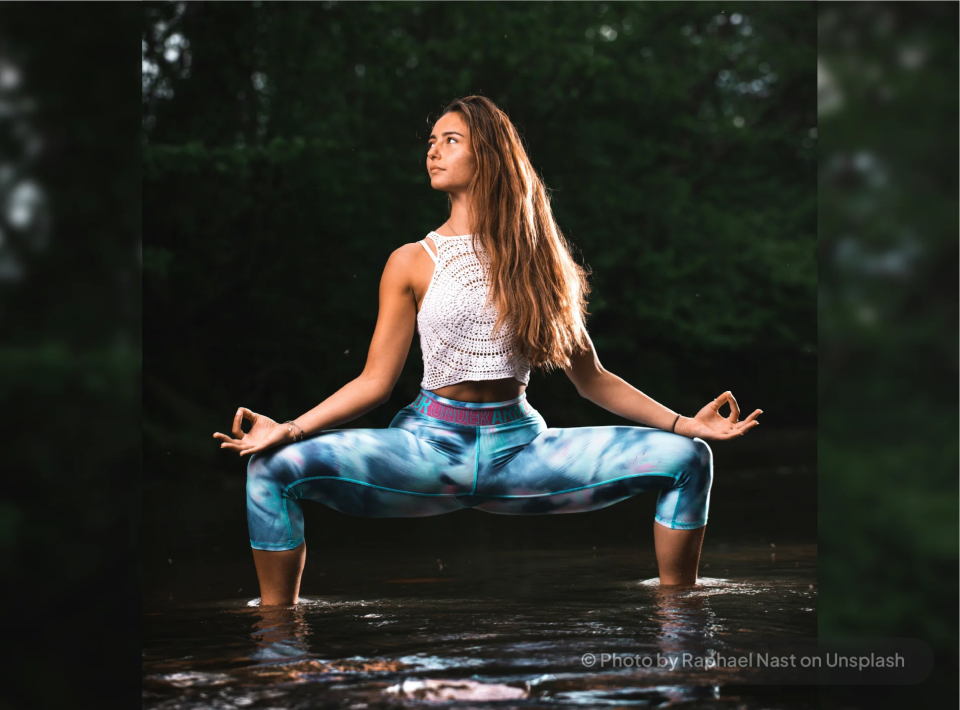 This is particularly beneficial for men and women between 45 and 65 of age, this lesson of balance can transform daily life. Whether it is handling stress, eating better, or keeping fit, yoga becomes a guide that gently points you toward harmony.
This is particularly beneficial for men and women between 45 and 65 of age, this lesson of balance can transform daily life. Whether it is handling stress, eating better, or keeping fit, yoga becomes a guide that gently points you toward harmony.
Final Thoughts on Advantages of Yoga
The list of yoga and benefits is long, but what matters most is how it fits into your own life. You don’t have to start big. Begin with 10 minutes a day, maybe just sitting quietly and breathing. With time, let the practice grow naturally.
Remember, yoga is not a race. There are no medals or prizes. The real reward is the peace, strength, and joy you feel in your body and mind. For those in the middle years of life, the advantages of yoga are like opening a window to fresh air — it refreshes, renews, and reminds you that you can always begin again.
So unroll your mat, take a deep breath, and step into a healthier, calmer, and happier version of yourself. And if you are looking for expert guidance, explore online yoga classes.
The main benefits of yoga for people between 45 and 65 include better flexibility, stronger muscles, relief from back and joint pain, improved heart health, deeper sleep, and reduced stress. It also helps you stay active and balanced in daily life.
Yoga is not just about the body, it also helps the mind. Deep breathing, meditation, and gentle postures calm the nervous system, reduce anxiety, and lift your mood. Many people find that yoga makes them feel happier and more peaceful.
Yes, absolutely. The advantages of yoga are not limited to flexibility. Even if you cannot bend much, yoga improves strength, balance, and posture. Over time, your body becomes more open and relaxed. You start where you are and slowly see gentle progress.
For many people, the benefits of yoga are similar to other forms of exercise — it keeps the body strong, improves circulation, and builds endurance. However, yoga also adds mindfulness and relaxation, which makes it unique. Some people combine yoga with walking or light workouts for best results.
You don’t need to spend hours every day. Even 15–20 minutes of yoga three to four times a week can show results. The key is regularity. Over time, you will notice the yoga and benefits more clearly — in your sleep, energy, and overall health.



